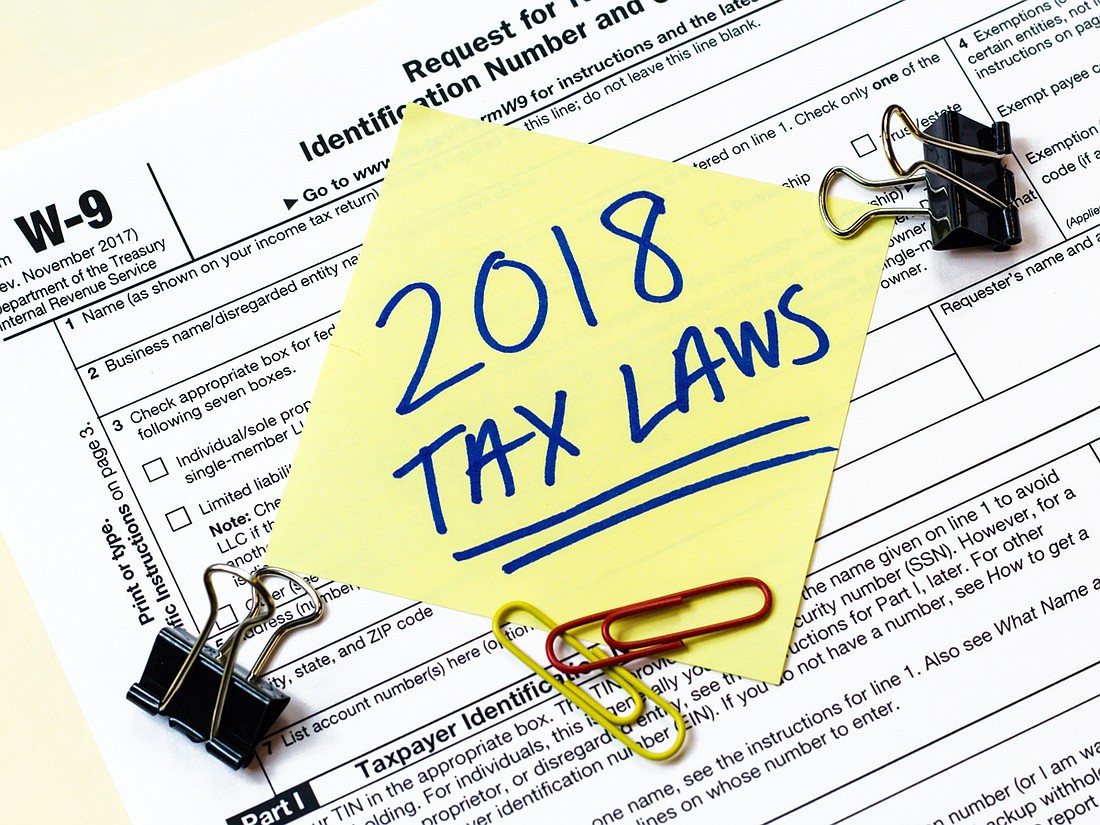-
-
Loading

Loading

On December 22, 2017, President Trump signed into law the most important rewrite of the US tax code in decades. The federal law, entitled “An Act to provide for reconciliation pursuant to titles II and V of the concurrent resolution of the budget for the fiscal year 2018” (the Act), has no other name, as its short title, the Tax Cuts and Jobs Act, was stricken from the bill shortly before being signed. Included below is a non-exhaustive list of some of the key changes which will impact businesses.
Business Entity Tax Changes. Without further legislation, the Act's business provisions permanently apply to tax years beginning after December 31, 2017, unless otherwise stated below.
Corporate Tax Rate. The graduated corporate tax brackets (and the top marginal corporate tax rate of 35 percent) have been replaced with a 21 percent flat rate. In addition, the corporate alternative minimum tax (AMT) is repealed. In anticipation of S-corporations terminating their status and converting to C-corporations to take advantage of the new reduced corporate tax rate, the Act also provides special rules for such a conversion.
Pass-Through “Qualified Business Income” Deduction. A new “qualified business income” deduction is now allowed for passthrough entities (such as partnerships, limited liability companies, and S-corporations) equal to 20 percent of such qualified business income, subject to several limitations and phase-outs. This deduction is scheduled to end after 2025.
Business Asset Expensing. The Act allows 100 percent expensing for certain “qualified property,” subject to phase-outs beginning after December 31, 2022. This means taxpayers can deduct the full cost of qualified property in the year it was placed in service rather than capitalize the expense and deduct the cost of the property over several years.
Cash Method of Accounting. The Act allows C-corporations and certain partnerships to utilize the cash method of accounting if they have average annual gross receipts of $25 million or less (formerly only available to entities with $5 million or less).
Interest Deductions. Business interest deductions are now generally limited to 30 percent of adjusted taxable income plus business interest income. These limitations generally apply to businesses with annual gross receipts of more than $25 million.
Other Business Deductions and Credits. The Act attempts to broaden the tax base for businesses by eliminating several business deductions such as the domestic production activities deduction, deductions for entertainment expenses, and deductions for providing certain transportation benefits to employees. In addition, certain research and experimental expenditures previously deductible must now be capitalized and amortized over a five-year period. This provision applies to expenditures paid or incurred after December 31, 2021.
Net Operating Losses. The Act limits a net operating loss (NOL) deduction to 80 percent of taxable income in each year. In addition, NOLs can no longer be carried back to prior taxable years but may be carried forward indefinitely. For additional analysis of the Act and its impact, including updates and recommended strategies, visit The Williams Parker Business and Tax Blog
Nick focuses on corporate and tax law. His experience includes work on a variety of tax matters, including federal tax litigation, tax disputes with the Internal Revenue Service at the examination and appeals levels, and international tax issues involving tax treaties, transfer pricing, and cross-border investments and business operations. He is admitted to practice in New York and District of Columbia and his Florida admission is pending.